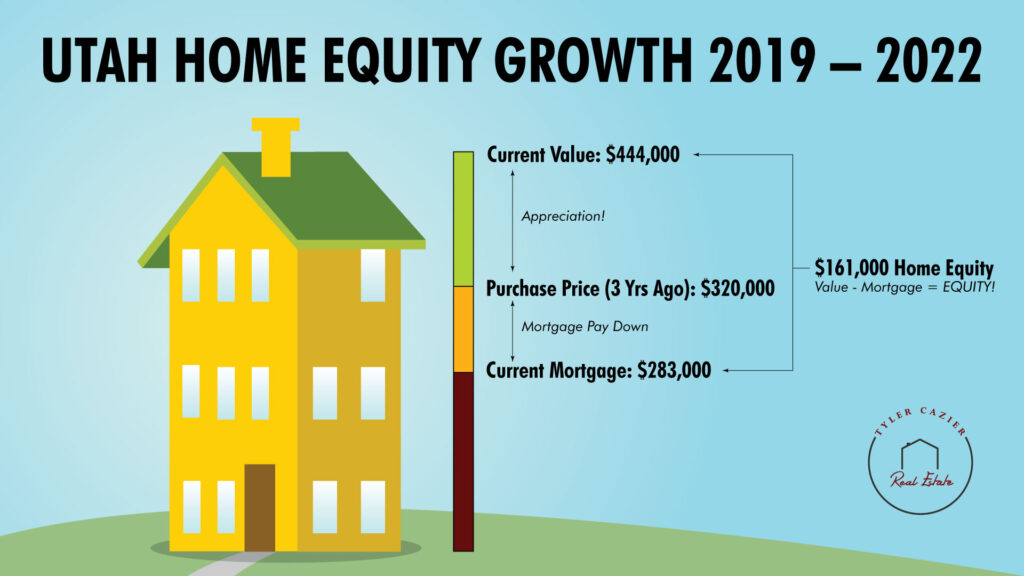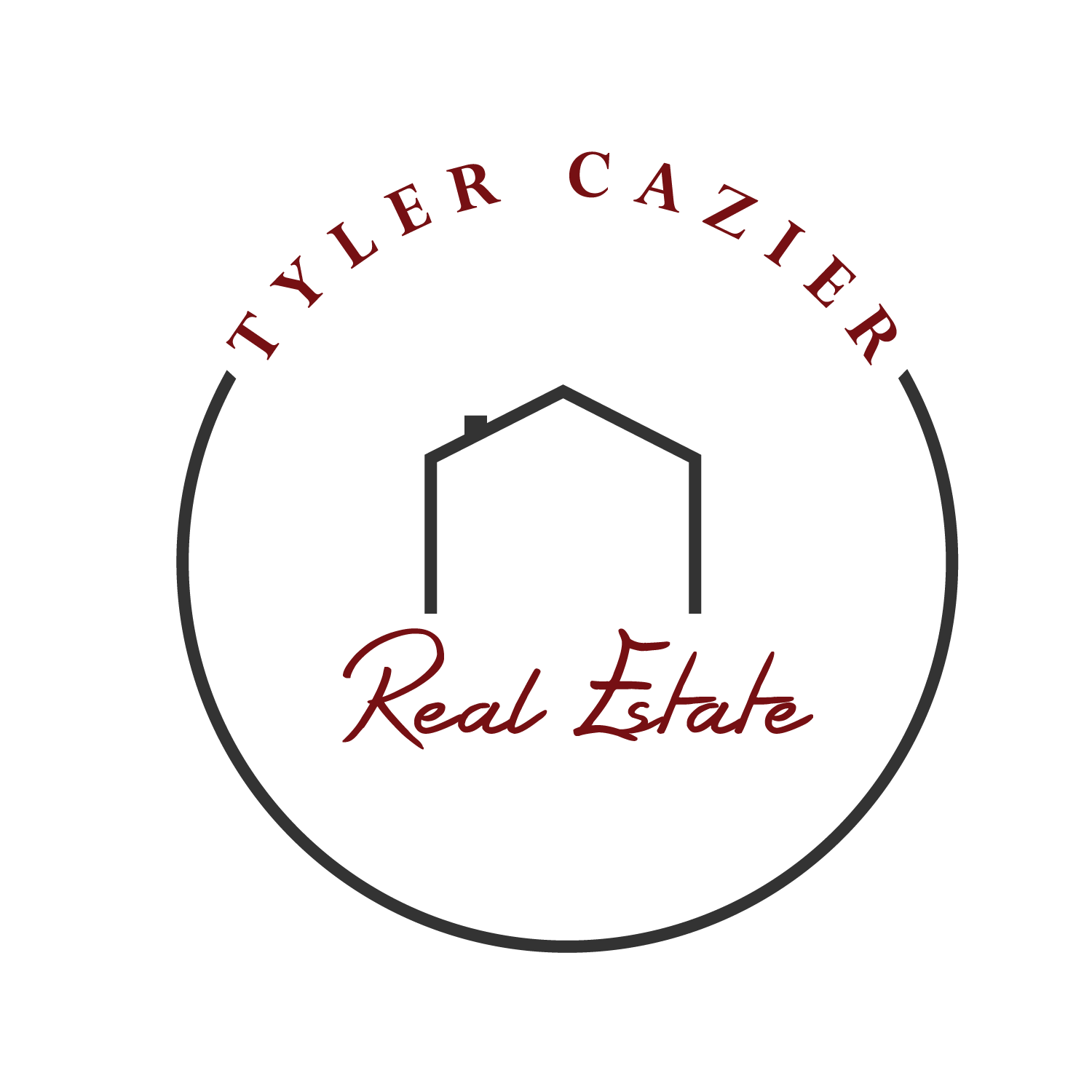Defining Home Equity & Why You Care

What’s Home Equity?
Home Equity is the value of a property minus the mortgage. For many Americans, home equity is the largest asset they possess.
Home Equity Makes Me Rich, Right?
While your home equity makes a lot of people feel good, it’s NOT making them any money! Over time, your home increases in value, which adds more equity. This is called “appreciation.” But that money doesn’t flow into your checking account, right? No, it’s trapped in your home!
The only way home equity makes you wealthier is to extract it from your home and put it to profitable use. First, you must gain access to the equity. And second, you need to earn a return on that equity by investing it.
Getting at the Home Equity
The first step in making your home equity work for you is to get access to your home equity. There are only a few ways to do this. While you could sell your house to get the equity, most people don’t want to move! Instead, there are two products that really get the job done well: HELOCs and HELoans.
A HELOC is a Home Equity Line of Credit. It opens as a $0 balance loan that has a maximum you can borrow against it. It’s typically divided into two time segments: the window of time you can draw against the line of credit, called a “draw”; and the “repayment” period.
For example, it may be a 5-year draw, and a 10-year repayment. You don’t pay a dime of interest until you use it, and then you typically only pay interest during the draw period. Once the draw period closes, the payment converts an amortized fixed monthly loan payment that pays the loan to zero by the end of the repayment period.
A HELoan, on the other hand, is a Home Equity Loan. It opens at the full amount of the loan that the bank will allow. It has regular loan terms associated with it including the timeline for repayment — often a 10-year repayment term with a fully amortized loan payment, meaning it will pay to zero by the end of the repayment term.
If this is interesting to you, shoot me a text: (385) 316-1939.
The Loan to Value Ratio: You Can’t Get ALL Your Equity
Bear in mind that you cannot get a HELOC or a HELoan for the entire amount of the equity you have in your home. Banks know that homeowners are far more likely to repay the loan when the homeowner has “skin in the game,” meaning they still have money in the house. So most lenders will loan a maximum of 80% loan to value (LTV). There are some who will loan up to 90% LTV, but you may run into special loan requirements.
So, let’s break that down. Let’s say you have a real estate agent or appraiser refine the value of your home, and you learn your home could sell on the market today for $500,000. You know from your mortgage statement that you owe about $200,000 on your home. The difference between the possible sales price ($500,000) and the mortgage amount ($200,000) is your equity ($300,000). Assuming at LTV of 80%, you would be able to access a maximum of $240,000 ($300,000 x .80) on a home-equity product.
Banks understand that a homeowner becomes a riskier investment the less equity there is in a home. It’s very common to require a higher interest rate on higher LTV products.
Getting Your HELOC or HELoan
Now that you have a pretty good idea of how much equity you could utilize, it’s time to get in touch with your banker. Credit unions are common issuers of home-equity products, though community banks often have competitive rates as well.
We recommend visiting with three to five financial institutions so that you can “shop” the home equity products. Talk with the loan officers and ask them questions about the term, the interest rate, how much equity you can get access to and how that’s computed. Make sure you understand the product fully.
Once you’ve signed on the HELOC or HELoan, it usually takes just a few days to get access to the funds. And once you have access to the funds, you’re ready to make an investment. But that’s a subject for another article.
Contact me to learn more
If this sounds interesting to you, and you’d like to learn more, you’ve got options. First, you should absolutely join my monthly newsletter to get tips like this one in your inbox every month. I also love texts. You can reach me at (385) 316-1939.
